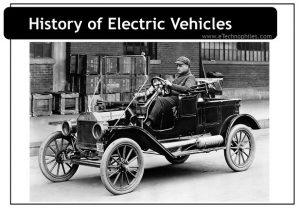When was the first electric car made? Who built it? What is the history of EVs? These are some of the questions that might pop up in one’s mind after hearing about EVs.
Though the rise in demand for Electric cars is seen in recent years, they are not an invention of the 21st century. In fact, they have been around for more than 150 years. Throughout their journey, they have gone through numerous advancements and modifications. In this article, we will travel back and explore the evolution of electric cars in depth. So, without further ado, let’s get started.
When was the first Electric car made and who built it?
The first record of an electric vehicle is found way back in the 1830s, but there is a debate about who invented it first. A Scottish man Robert Anderson is credited to build the first electric vehicle somewhere between 1832 and 1839. At the same time 1834 or 1835, an American named Thomas Davenport is also given the credit for the same.
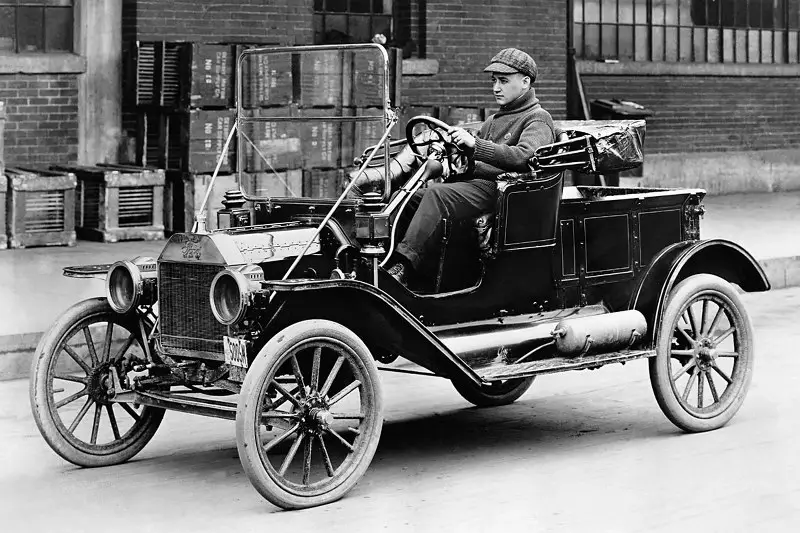
The title is extremely contested since three more people are also credited for it- “Christopher Becker and Anyos Jedlik from Hungry and Prof. Sibrandus Stratingh from Holland“. The lack of proper documentation ways has created this confusion. Most of these vehicles were crude ones, and not practically usable.
History of EVs: 1800s – Present day
The early attempts: Models with non-rechargeable batteries
In the model made by Anderson, the carriage was motorized with non-rechargeable batteries. A better version of this model was later introduced by another Scottish man, “Robert Davidson” in 1941 which he named Galvani.
This gave the electric car a range of 1.5 miles at a speed of 4mph with a load of 6 tons. But after that, it required battery replacement. This even upset the railway workers, they thought it might be a threat to their jobs and they destroyed it.
The invention of rechargeable lead-acid batteries
The rechargeable lead-acid batteries were invented by a Frenchman, “Gatson Plante” in 1859. It made electric cars more viable. Later Camille Faure further improved the batteries, inventing the basic ones used in automobiles.
Read on electric batteries in detail: 4 Types of Electric Vehicle Batteries (Li-ion, NiMH & more)
First successful Electric carriage
Finally, somewhere around 1887, “William Morrison” a chemist born in Scotland and living in Des Moines built the first successful electric carriage. By Des Moines’ register, the carriage appeared in 1888’s city parade. Though William applied for the patent in 1890.
It was a front-wheel drive with 4 horsepower and recorded a top speed of 20mph. The carriage was powered with 24 battery cells and required recharging after 50 miles. The car was propelled by Morrison himself at the Chicago World fare in 1893.
The first commercial Electric Vehicle
The first attempt at a commercially feasible EV vehicle was named Electrobat. This was patented in 1894 by mechanical engineer Pedro Salom and chemist Henry G. Morris. Though initially bulky and slow, it was later modified to travel 25 miles at the top speed of 20 mph.
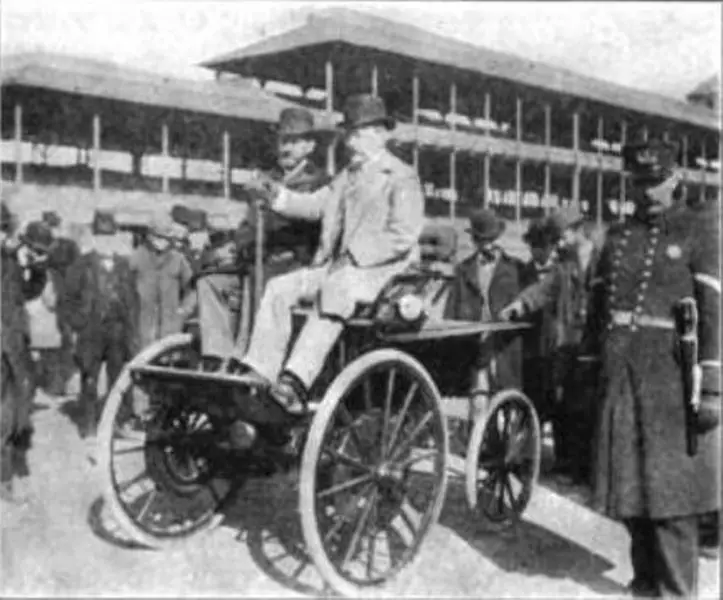
It even won a five-mile sprint race in 1896 against a gasoline vehicle by Duryea automobiles. They sold the cash-in idea to Electric Vehicle Company from New Jersey but that start-up failed.
Large-scale EV manufacturing
Pope Manufacturing Company became the first large-scale EV manufacturer and electric taxis were available in New York City by 1897. Thomas Edison also tried his hands at an electric car with Henry Ford. They built one prototype but later realized the promising future of gasoline engines and abandoned the idea.
Electric Cars Vs IC Engine Cars: The downfall of EVs
Karl Benz invented the first modern ICE (Internal Combustion Engine) car in 1885. During this time, people favored electric cars, as the petrol cars required manual cranks to start, and the gear changing system was troublesome. But with advancements, those cars kept on refining.
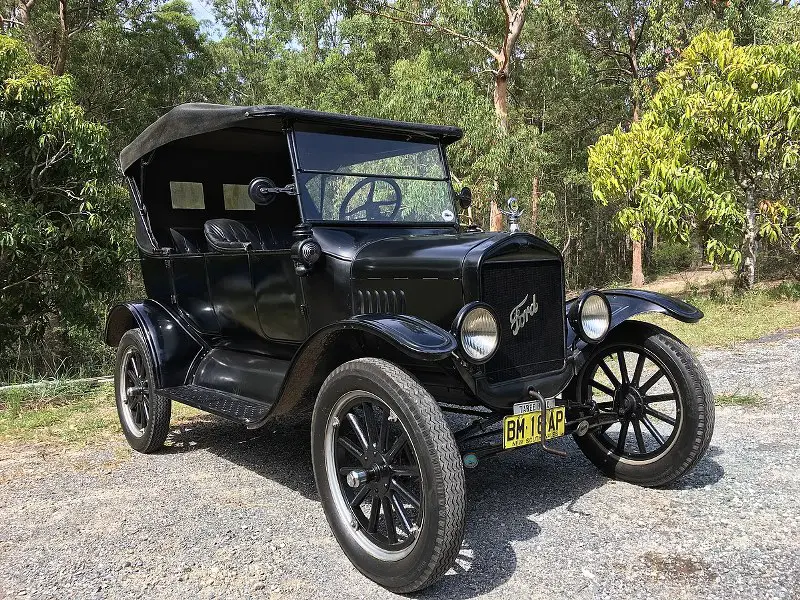
In 1908 Henry Ford presented the mass-produced petrol-powered Model T car which changed the fortune of automobile production. Later, the electric starter was invented by Charles Kettering in the year 1912, which removed the hefty process to start a car. By 1920 ICE cars completely overtook electric ones.
Related: 6 Key Differences between Electric Cars vs Gas Cars
Why did Electric cars fail in the early 1900s?
The efficiency of electric cars was low, as the range and speed of the cars were low. The prices of these cars were higher than the petrol cars. Also, the electricity was unavailable outside the city centers. This limited the use of electric cars for long journeys, people were not able to carry heavy batteries and chose to carry gasoline cans instead.
Innovation in electric cars kept on going all this time, many companies kept experimenting with it. One such company was General Motors which came up with a model named “Electrovair II” in 1966 and in 1967 Ford also came up with one of their experiments. Both of the cars were very costly and it was agreed that a breakthrough was needed in battery technology.
The Resurrection of Electric Cars
The first Hybrid car
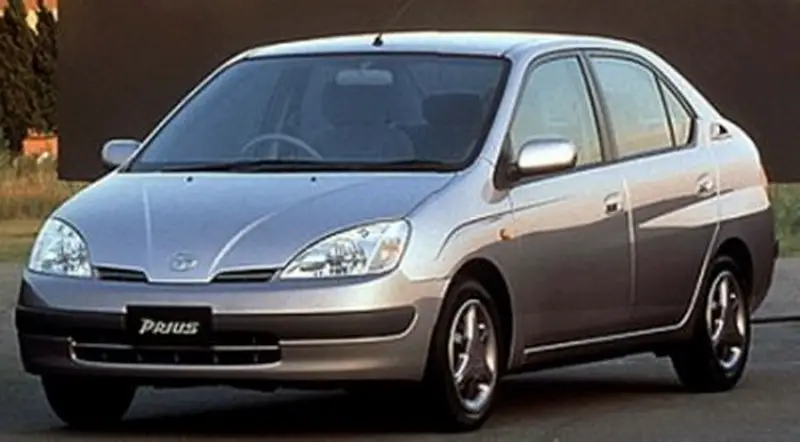
In 1997, Japan Toyota gave the world its first commercially mass-produced hybrid car. Other car manufacturers also continued innovations, those were EV Plus by Honda, EV1 by GM, and many more. But no one was able to become a part of the mainstream industry.
Read also: Electric Cars vs Hybrid Cars (6 Key Differences)
Foundation of AC Propulsion
The AC Propulsion was founded in San Dimas, California by Alan Cocconi in 1992. He and his partner along with the eventual Tesla co-founder Martin Eberhard incorporated newly available Lithium-ion cells in the car and named it Tzero.
But the AC Propulsion founders were reluctant of putting it into production. Then, Eberhard started Tesla Marc Tarpenning in 2003, pitching the idea in Silicon Valley to venture capitalists. They met potential investor Elon Musk. This gave Eberhard’s idea a breakthrough, and the rest we all know is history.
Tesla Motors and Roadster
Tesla Motors began production of EVs with Roadster in 2008. It became the first EV to give a 200-mile range. They changed the image of electric cars from mere city cars to the attractive alternative of ICE cars.
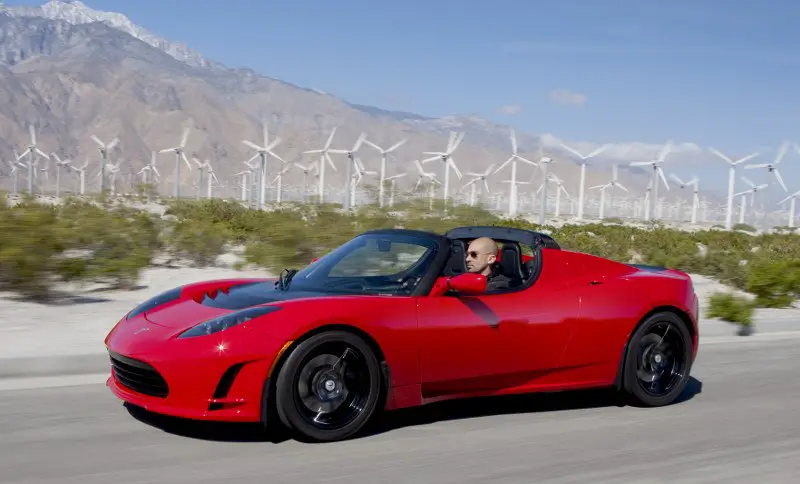
Stricter emission laws also changed the waves, and with better technology, electric cars are now at par with petrol ones. Even, many brands like Rimac are developing electric hypercars, giving competition to cars like Bugatti Chiron.
Conclusion
Electric cars have come a long way. Initially, they had setbacks even when they were instrumental. But they are getting a better positive response, leading the way to an emission-free future. Initially many might have not liked them because of their love for the roaring engines. But now, humans are taking a page out of history books, finding a way to protect their future.
